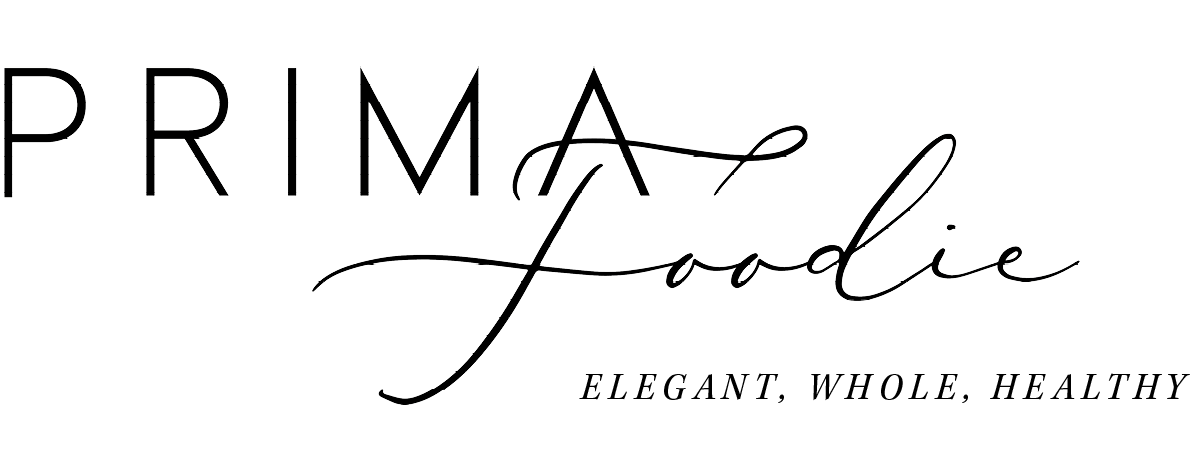Are You Silently Inflamed? Here Are 4 Ways to Combat This Common Issue
Inflammation is one of those buzzwords where tons of headlines surround it but its true meaning is overlooked. Yet gastroenterologist Shilpa Ravella, MD, author of the hit 2023 book A Silent Fire: The Story of Inflammation, Diet & Disease, is informing us on a much deeper level.
Not all inflammation is created equal, says Dr. Ravella. There is acute inflammation, our body's defense mechanism that protects us against foreign pathogens and injuries. (That swelling and redness when you bump your elbow? That's acute inflammation.) Then there's low-level hidden inflammation, which Dr. Ravella says is accruing in many of us without any signs. This type of inflammation is connected to most chronic diseases plaguing humans today, she adds, from neurodegenerative and psychiatric disorders to autoimmune conditions, cancer, and heart disease. "The problem with the hidden version is that it's inside of you, but we don't know that it's inside of us," she adds.
It's concerning that many of us are walking around silently inflamed. But Dr. Ravella informed Nichole that there are changes we can make to combat this issue and impact our health for the better. Here’s where to start.
4 Ways to Combat Hidden Inflammation and Increase Vitality
#1: Know Your Body
One of the main markers of inflammation is belly fat, says Dr. Ravella. Some belly fat is a marker for visceral fat, "which is a fact that wraps around your dominant organs." The fat around our abdomens, she adds, is different from the fat that pads our thighs and upper arms. It "tells us that we likely do have some level of hidden inflammation."
#2: Eat More Fiber
Fiber is critical for combating inflammation. "Fiber digested by our gut microbes creates beneficial compounds like short-chain fatty acids," says Dr. Ravella. "It is one of our most anti-inflammatory nutrients, if not the most anti-inflammatory nutrient.” The issue is that the majority of Americans need more essential fiber, she adds.
Dr. Ravella says, "the biggest thing" we can all do to better our diet overall and get more fiber is to consume as many whole plants as possible. This includes fresh cruciferous vegetables, organic berries, almonds, and chia seeds. "In whole foods, you have not only fiber but a variety of vitamins and minerals and polyphenols, which are other beneficial nutrients we should be consuming."
#3: Cut-Out Processed Foods
"One of the most insidious foods is processed foods— in general," says Dr. Ravella. While there are many types of processed foods, including minimally processed foods, she says the ones to avoid completely are those that are ultra-processed: foods that are highly manipulated and filled with salt, sugars, different fats, stabilizers, colorings, and other additives. Such foods are linked to chronic disease, lack essential fiber and other beneficial nutrients, and cause "a huge spike in our insulin and then a deep crash, and that creates inflammation in the body," says Dr. Ravella. "So I would say the ultra-processed foods are the foods we need to start cutting out of our diet entirely or minimizing at the very least." [Editor's note: You can dive deeper into ultra-processed foods here.]
#4: Move Your Body
Movement is one of the essential pillars of staying healthy and vibrant, and it's critical for combating inflammation and bolstering our microbiome. But too often, we think an all-or-nothing, full-hour workout is the ticket. Dr. Ravella says that you don't need a gym membership to stay active and healthy. You can weave activities and movement into your days seamlessly. Get out in nature as much as possible, grow a garden, hike (even if it's snowing or raining!), do physical housework, walk instead of drive. All of these activities improve our health and our lives overall.
These tips are just the start to Dr. Ravella’s wisdom on inflammation. To learn more, listen to Nichole’s original conversation with Dr. Ravella on ‘The PrimaFoodie Podcast.’









